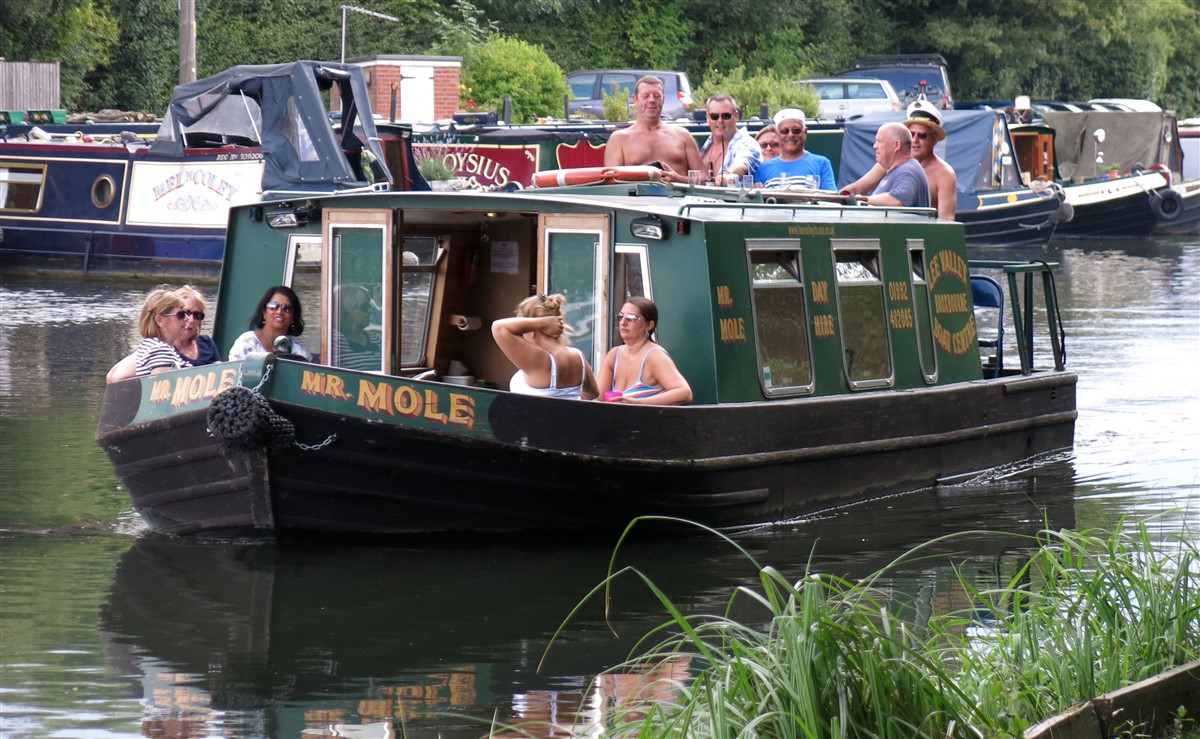
Hydro Citizenship
The research for this study took place under the auspices of the three year Hydrocitizenship project, started in 2014, completed in October 2017 and funded as part of the Arts & Humanities Research Council Connected Communities programme. Conceived as a partnership of eight academic institutions (University of the West of England, Bath Spa University, University of Bristol, Newcastle University, University of Manchester, Bangor University, Brighton University, Middlesex University London) spread over four case-study areas and stakeholder communities in Borth, Bristol, the Lee Valley and Shipley, this project seeks to explore and reflect upon changing perceptions of water as amenity, asset and threat. Coming at a time when there is growing pressure upon water infrastructure due to the rapid expansion of urban settlements and the uncertainties of climate change, there is a profound lack of public awareness of the delicate balance essential to ensure that what is taken for granted does not become corrupted, commodified, depleted or, indeed, flood our homes.
Hydrocitizenship represents more than the condition of living with or on water – it reflects an imperative to challenge societal assumptions over what has been divested of its mystery and has become taken for granted as a utility; this has not always been so and will no doubt change again. According to location living with water can be as various as living with unpredictability, negotiating conflicting demands at times of scant supply or fostering a responsible stewardship approach to vulnerable wetland. In combination, the case-study sites embody a range of water environments from the exposed coastal frontage of Borth to the equally vulnerable settlement of Shipley, Yorkshire, that lives in a state of continuous adaptation beside the flash-flood-prone River Aire. In Bristol the tidal River Avon has been tidied away into the New Cut, and become peripheral to the expanding city, yet it remains a residual presence and, due to its immense tidal range, a constant threat. Finally the River Lee, the subject of this publication, is a complex and pervasive presence adopting in turn the guise of drinking water supply, natural habitat, drain, navigation, flood control and recreational facility on its labyrinthine journey through continuous wetland from Luton, Bedfordshire to metropolitan London and the tidal Thames.
